Torino
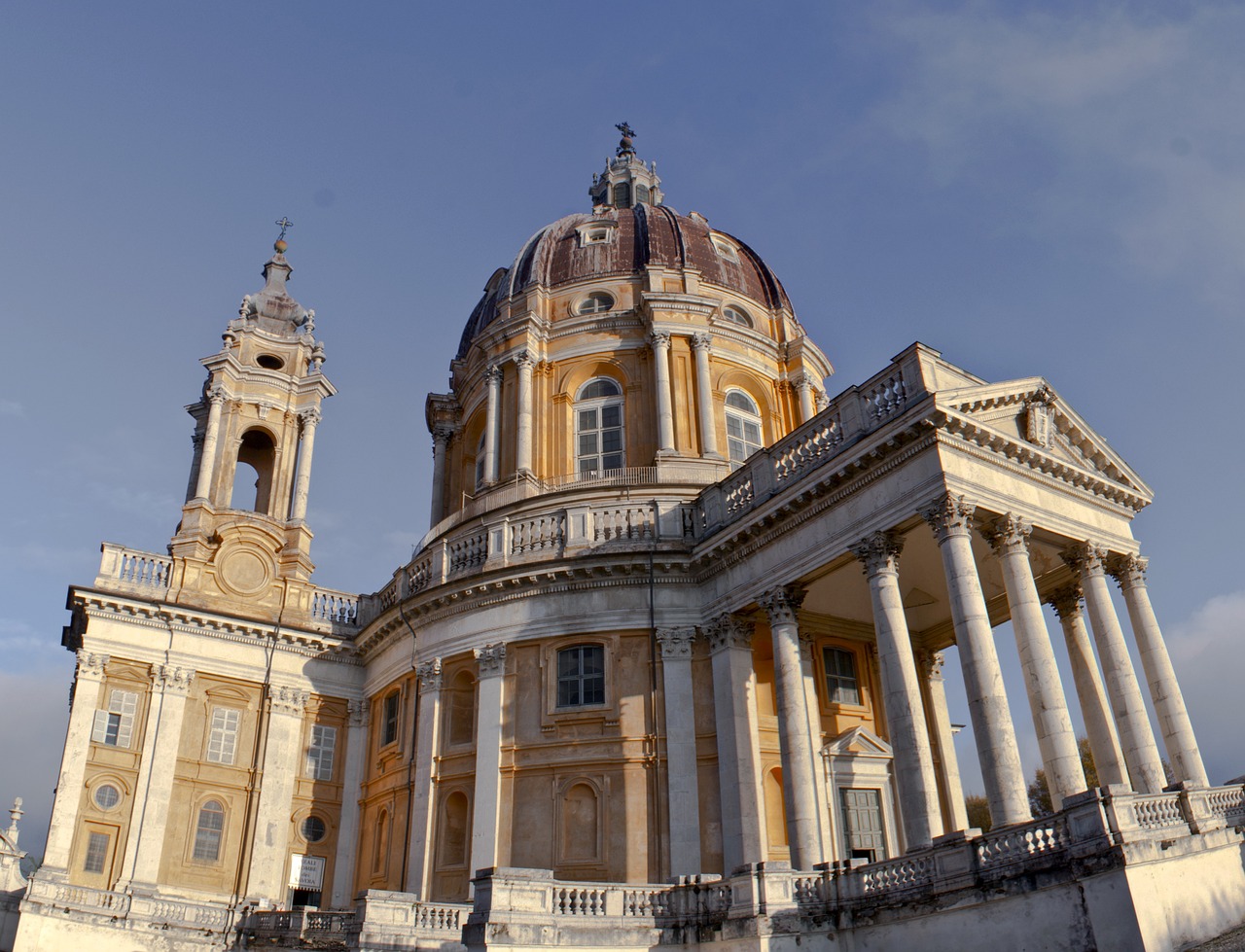
For details on a tour of the city of Turin – click here
Turin is a unique city, it is a city of art, of culture and history, an ancient capital of the House of Savoy, and at the same time a dynamic city that changes from year to year, a city that intrigues, surprises, charms and captivates.
There is the Turin of the car museum, of the cinema museum or the Egyptian museum, of the royal palaces and the Roman gates. Every person can come and connect to the city from their unique point of view.
It is a powerful city with a glorious history, fascinating museums, magnificent palaces, ancient streets and sites. The name of Turin is taken from an ancient Celtic-Ligurian tribe called Taurini that was in the area and hence the bull symbol of the city.
During the Second World War, Turin played an important and essential part in the resistance to fascism with strikes of the local industry in the city. Therefore, at the end of the war, the city became a symbol of economic reconstruction and attracted many Italians to work in the various factories, especially in the factory of the famous car manufacturer – Fiat.
Not to be missed in Turin: a very special version of Turin that maybe even the locals don’t know
1. Casa Fetta di Polenta – Casa Fetta di Polenta
This is not a house where you eat the typical northern Italian dish, these are “Saccabruzzi House”, or “Polenta Piece House” by its common name. A unique house was built in the name of the dish, one of the thinnest houses in Italy that can be lived in, with a thickness of less than five meters.
The architect responsible for the building lived there himself for a while to prove to the authorities that the building was built for living and not just for beauty.
This one-of-a-kind house is a work of architectural art that you should not miss
Adjacent to it, you can admire the “Mola Anatoliana”, the symbol of the city, and enjoy a huge variety of typical and ethnic food, just a few minutes’ walk from the “Po River”, the river that crosses northern Italy.
Address: Via Giulia di Barolo
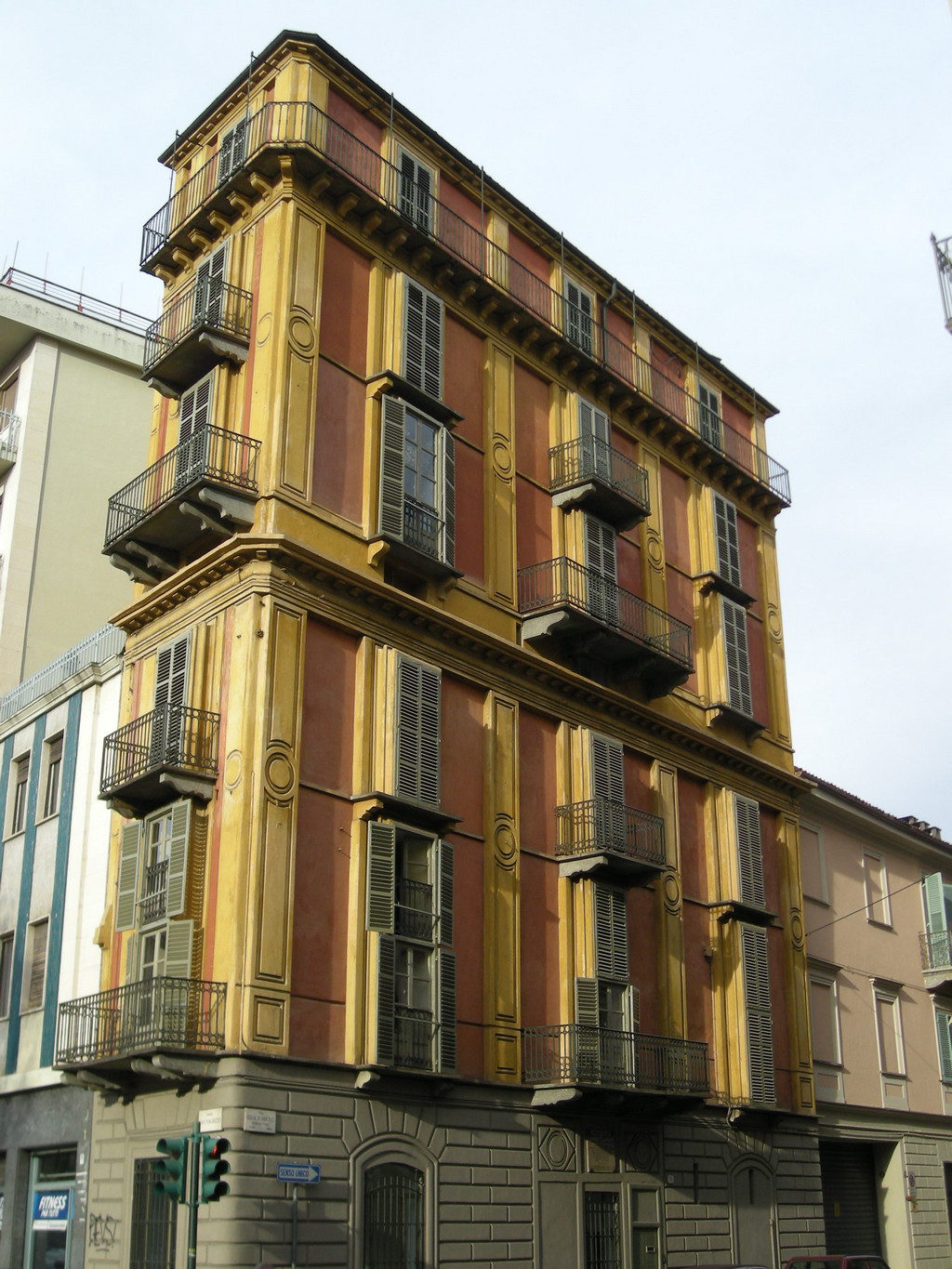
2. 25 green – Verde 25
If as a child you dreamed of a wooden house, in the middle of Turin, a city of almost a million people, that dream has become a reality.
Beit Yerok 25 is a real forest that includes steel buildings in a color and shape that resemble trees.
The architectural idea was to build a residential structure in a forest, which would protect against the noise and create a microclimate, ideal for the temperature differences in summer and winter, which would inspire a higher quality, ethical and caring construction towards the environment.
The building participated in the “Open House” exhibition that takes place every few years in the city, where inspiring houses are selected, in order to give the general public an opportunity to show off the building for two days a year.
At a 10-minute walk from the house you can enjoy the 12 months fountain located in Valentino Park and is one of the oldest symbols of the city, highly recommended!
Address: Via Chiabrera 25
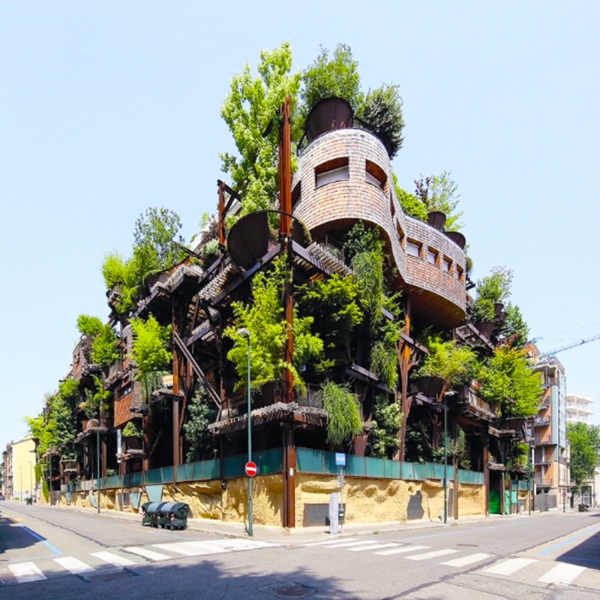
3. The lamps in love
Rodolfo Marcello’s works are known by most of the city’s residents, but one of his lesser-known works is a pair of lamps that were designed so that they sit on a bench, resting their heads on top of each other.
The lamps in love, located in Valentino Park, which itself is considered one of the most famous symbols of the city after the Mola Anatoliana, are seen leaning on each other, with a unique expression of understanding, closeness, sweetness and longing for the other half. A one of a kind iron love that gives room for a multitude of interpretations, whether it is a couple who have spent a whole life together and stop to rest and remember the life they built, or a couple of young lovers who stopped to get to know each other in depth. The symbol may put you in a nostalgic and sweet mood, in which case it is strongly recommended to continue your trip in Valentino Park until you reach our next recommended point – the medieval village!
The work of art moves not infrequently, but it can be found in Valentino Park most of the time.
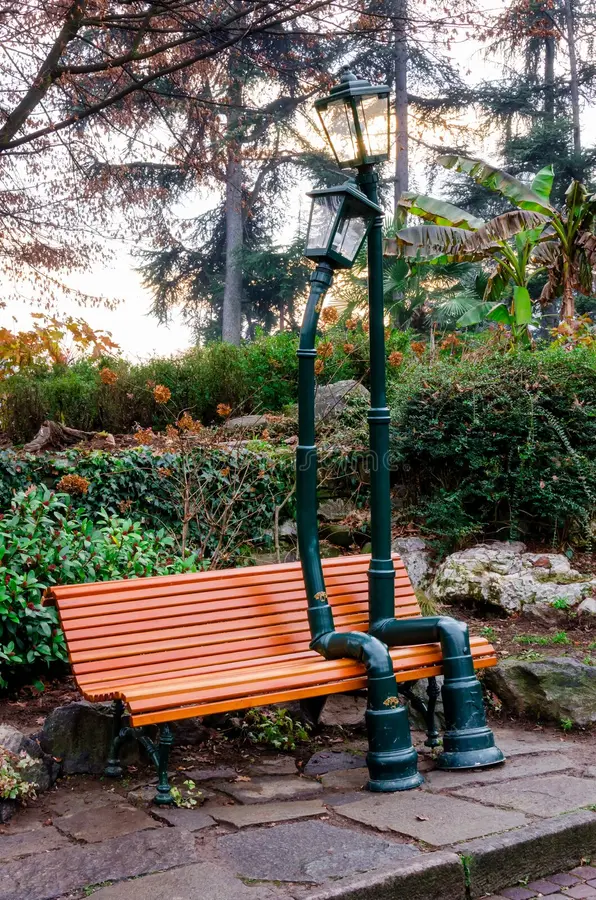
4. The medieval village – Borgo Medievale
Deep inside Valentino Park, almost hidden, is an ancient and unique village where you can hang out while you go back in time and boast about the conservation work that the area went through to keep it as it was 500 years ago.
As part of a journey through time into the preserved village from the Middle Ages, deep within the famous Valentino Park, which is on the banks of the Po River, you will notice a deceiving appearance – the village was built in the 1880s by a group of intellectuals and artisans who were inspired by similar buildings on the Italian border – France. In 1942, the village was saved from the planned destruction, and became a unique civic museum. In the village you can enjoy signs of the aristocratic families, ancient cannons and weapons, food products and local dishes for sale together with secretaries of all kinds, and the royal path that the nobles of the area used to take with their squares.
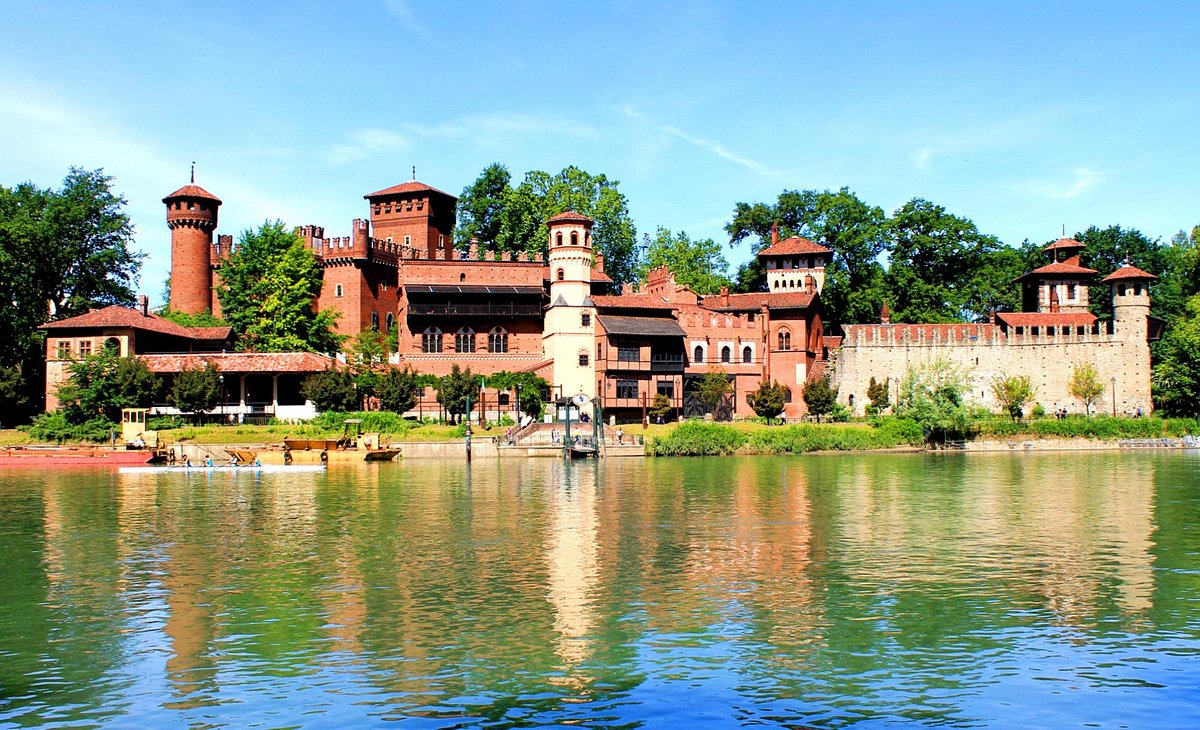
5. The covered galleries of Turin
Umberto I Gallery, Sub-Alpina Gallery and San Federico Gallery are a must visit while passing through the city center, here too you can go back in time to the 19th century and be impressed by the buildings in the distinct French style.
“The Turin Passages”, the second name of the three special galleries and beloved by the city’s residents, envelops those who pass through them in peace, beauty, splendor and some would say a slight chill. The term “passages”, which was borrowed from French, was given to these covered galleries, which were built after 1856, and to the shops around them. The galleries have undergone many changes over the years, including the closing of some of them to make room for the expansion of the adjoining Roma Street. The sub-alpina gallery, some would say the most luxurious among them, allows passers-by to enjoy a picturesque atmosphere full of flowers and gardens. A second floor was also built which was severely damaged in the Second World War, and as of today the gallery is a focus of survival, silence and a past that still lives its refined beauty.
Address: Via Santa Teresa 6
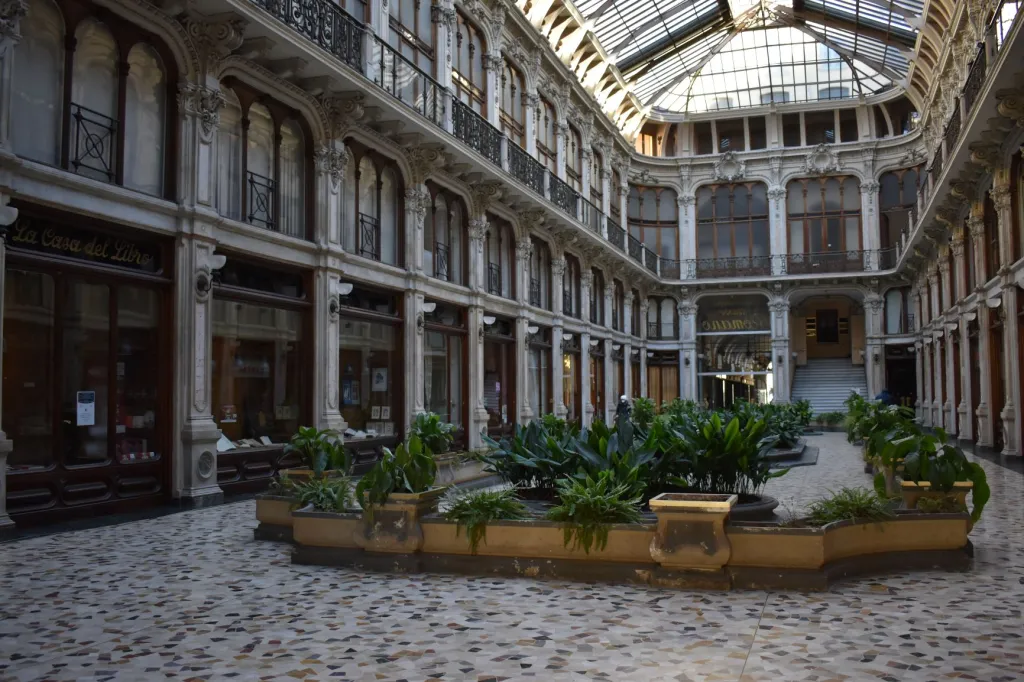
6. Satan’s Gate
Turin is a magical city, rich in mysteries and legends associated with some unique places in the city. Turin is considered a center point between the “Magic Triangle”, from a point of balance between London, San Francisco, and Prague. The Devil’s Gate got its name from the interesting shape of the lock, which, according to legend, emerged one morning after nocturnal quarrels between medieval witches, and this is just one of the more endearing legends about its establishment…
Since the end of the construction, the gate is considered one of the centers of the “black magic” of the city, with a unique style and signs that will leave you speechless.
If you want to continue exploring the dark side of Turin, a warm recommendation would be to visit Piazza Statuto,
which symbolizes a geographical border of the central area and a more mysterious, mystical border.
Address: Via XX Settembre, 40
The beauty of Turin is that along with its beautiful streets you can also stroll through the city’s green parks. Turin is known as the city with the most public vegetation in Italy (320 km of vegetation and about 50 parks). You can find these parks in every district of the city with lawns, playgrounds for children, running spaces and more. The most famous of them:
Parco del Valentino overlooking the Po River, with a botanical garden from the 18th century, the Royal Castle and a medieval village (Medieval Village).
Another green area is the Pallerina which is in the northwest of the city, on the banks of the Dora Riparia river with skating rinks and tennis courts.
Parco Colonnetti is in the southern area of Turin, with children’s play areas, running tracks and a fountain
And 4 more facts that you probably didn’t know about the city of Turin:
1. Turin is the first city where cinema arrived in Italy, after the brothers Augusta and Louis Lumiere brought their invention with them.
The first screenings took place in the city center, on Via Po.
To find out more about the history of cinema in the city, and in the world, a warm recommendation from us is the cinema museum in the city center!
2. Porta Palazzo market – the largest open market in Europe is actually in Turin, in the northern part of the city. There you can find almost any food from over 150 different countries.
3. The philosopher Friedrich Nietzsche, who lived for a time in Turin, called it “a city of my heart, a breath of air from the 18th century”
4. Turin was the first capital of Italy, from 1861 to 1865
